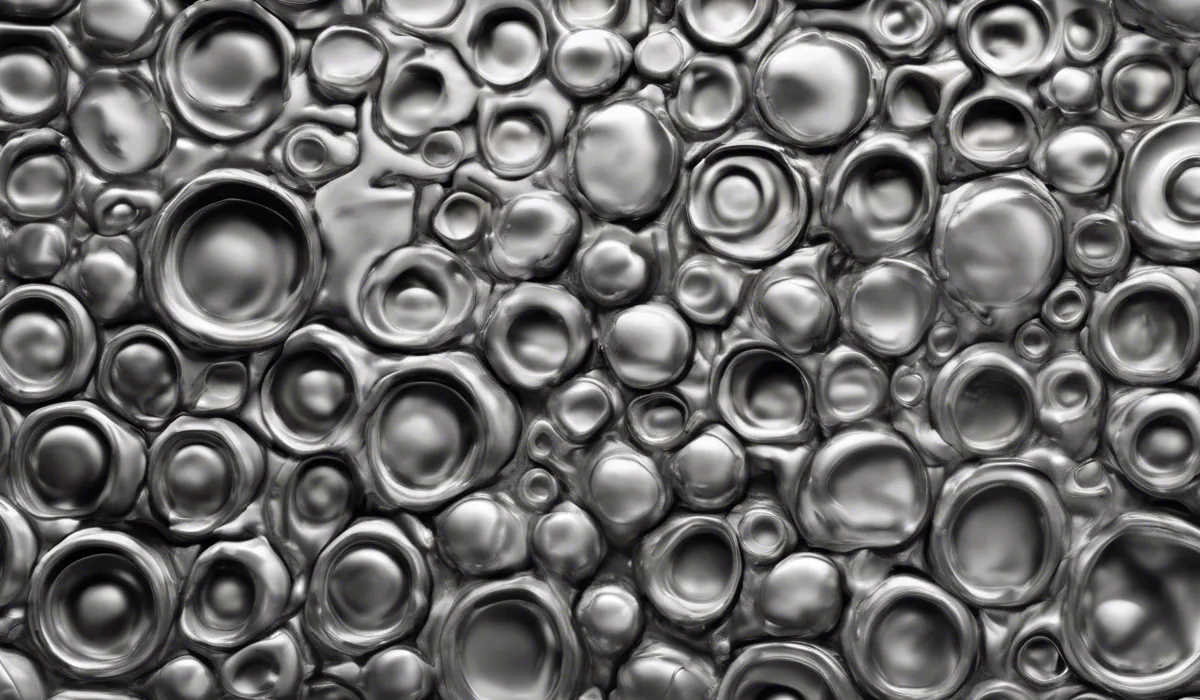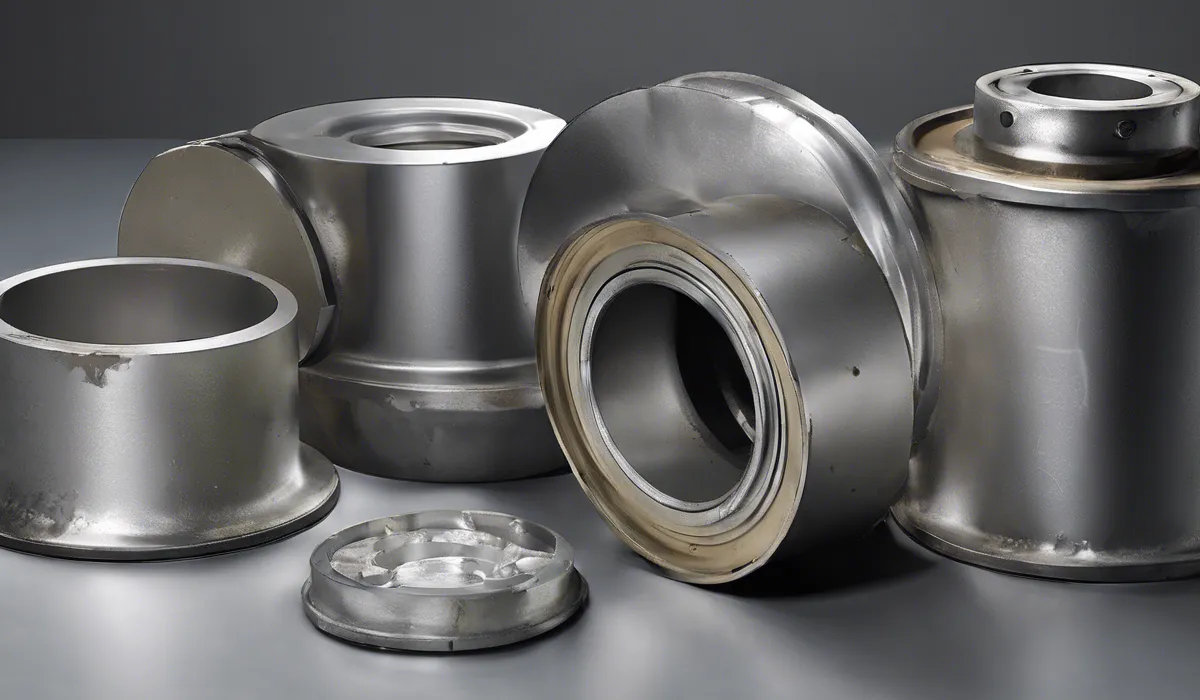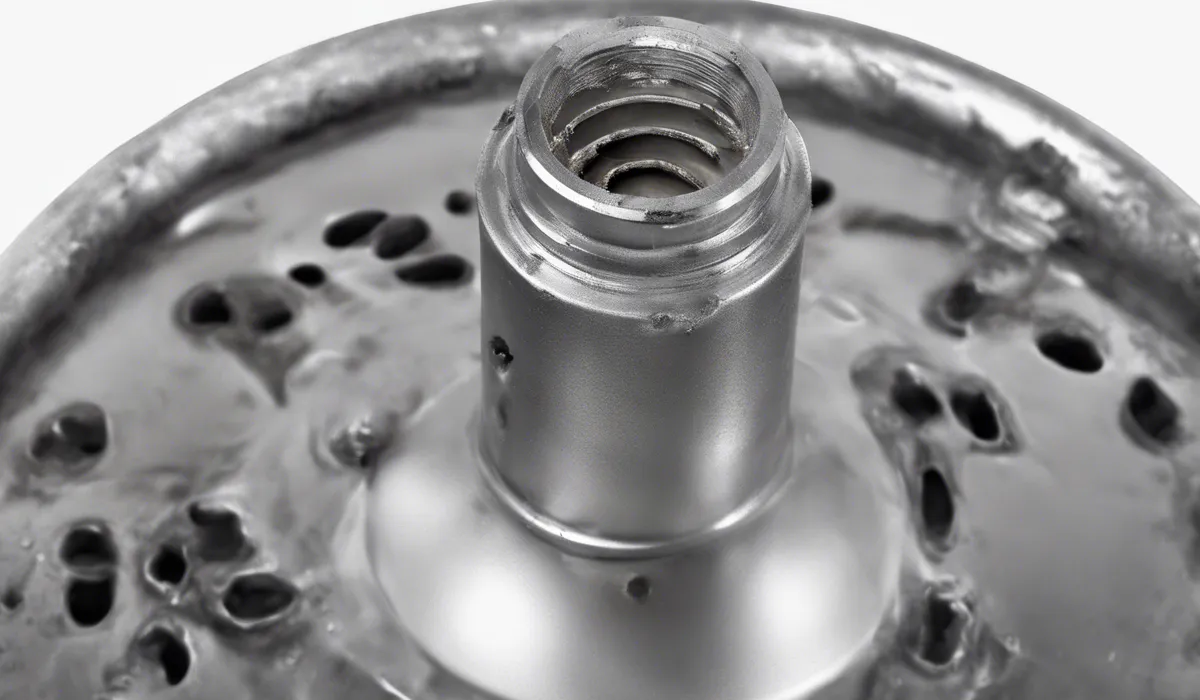Mold cannot grow directly on metal as it is inorganic and lacks the necessary nutrients. However, mold can grow on organic material, like dust or grease, that has settled on the metal’s surface. Regular cleaning can prevent this indirect mold growth.
Understanding Mold Growth Conditions

What Is Mold?
Mold is a type of fungus that can grow almost anywhere there is moisture and organic material. It reproduces by creating tiny spores that float through the air.
When these spores land on a wet surface that has food for them, they can start to grow. Mold loves to eat things like paper, wood, and other organic materials.
Essential Conditions for Mold Growth
For mold to grow, it needs four main things. First, it has to have moisture, like from a leak or high humidity. Second, it needs a food source, which is usually an organic material.
Third, the temperature has to be just right, not too hot or too cold. Lastly, mold needs oxygen to survive. If all these conditions are met, mold can start to grow in as little as 24 to 48 hours.
Mold Growth Misconceptions
Many people think mold cannot grow on certain surfaces like glass or metal because they are not organic.
But mold can grow on almost any surface if there is organic material on it for the mold to eat.
This means even on glass or metal, mold can appear if there is a layer of dust, grease, or another organic substance.
Indirect Mold Growth on Metal
Metal by itself is inorganic and does not provide food for mold. However, if organic debris like dust or food spills settle on metal, mold can grow on that layer.
This is known as indirect mold growth, and it means that metal surfaces in moist environments can still be at risk.
The Role of Metal in Mold Development

Metal’s Resistance to Mold
Metal is generally resistant to mold because it is not a source of nutrients for mold spores.
Metals like stainless steel, aluminum, and copper have surfaces that mold cannot digest, which helps prevent mold growth directly on the metal.
When Mold Attacks Metal?
But even with metal’s resistance, there are times when mold can be a problem. If there is organic material on the metal, like oil, food, or skin cells, mold can grow on that material.
Also, if there is enough moisture, like from condensation or high humidity, mold can start to grow on the organic layer covering the metal.
Mold-Prone Metal Surfaces
Some metal items are more likely to get moldy than others. This is often because they are in damp places or they get dirty easily.
For example, metal vents can collect dust and moisture, making them a good place for mold.
Metal patio furniture can also be prone to mold because it is outside where it can get wet and dirty.
Contaminated Metals and Mold
When metal gets contaminated with organic material, it is more at risk for mold growth. This contamination can happen when items are not cleaned properly or when they are in an environment with a lot of dust and dirt.
Keeping metals clean is important to prevent mold growth.
Prevention and Remediation Strategies

Preventing Mold on Metal
The best way to keep mold from growing on metal is to keep it clean and dry. Wipe metal surfaces often to remove dust and dirt.
Use dehumidifiers in damp areas to keep the humidity down. And consider using protective coatings on metals that can help keep moisture away.
Cleaning Moldy Metal
If you find mold on metal, it is important to clean it right away. You can use a mixture of water and detergent to wash the surface.
For tougher mold, you might need to use a mold cleaner that is safe for metals. Always make sure to dry the metal completely after cleaning.
Recognizing Mold on Metal
Knowing what mold looks like can help you catch it early. Mold can be black, white, green, or even red. It can look like a stain or a fuzzy growth.
If you see something on metal that looks like mold, clean it right away to prevent it from spreading.
When to Call the Pros?
Sometimes, mold can be too much to handle on your own. If the mold is in a hard-to-reach place, if it keeps coming back after you clean it, or if you have a lot of mold, you might need to call a professional.
They have the tools and knowledge to safely remove mold and prevent it from coming back.
FAQs About Mold Growth on Metal
Can mold grow directly on metal surfaces?
No, mold cannot grow directly on metal as it is an inorganic material that lacks the nutrients mold requires.
What conditions allow mold to grow on metal?
Mold can grow on organic material such as dust, grease, or other contaminants that have settled on the surface of the metal.
How can I prevent mold from growing on metal surfaces?
Regular cleaning of metal surfaces to remove organic debris can prevent the indirect growth of mold.
Is it possible for mold to corrode metal?
Mold itself does not corrode metal, but the moisture associated with mold growth can contribute to metal corrosion.
What should I do if I find mold on metal fixtures or appliances?
Clean the affected area thoroughly with appropriate cleaning agents to remove both the mold and the organic material it’s growing on.
Final Thoughts
Mold is incapable of growing directly on metal due to its inorganic nature, which doesn’t supply the required nutrients.
However, it can proliferate on organic substances like dust or grease that accumulate on metal surfaces.
To prevent mold from indirectly taking hold, consistent and thorough cleaning of these surfaces is crucial.
